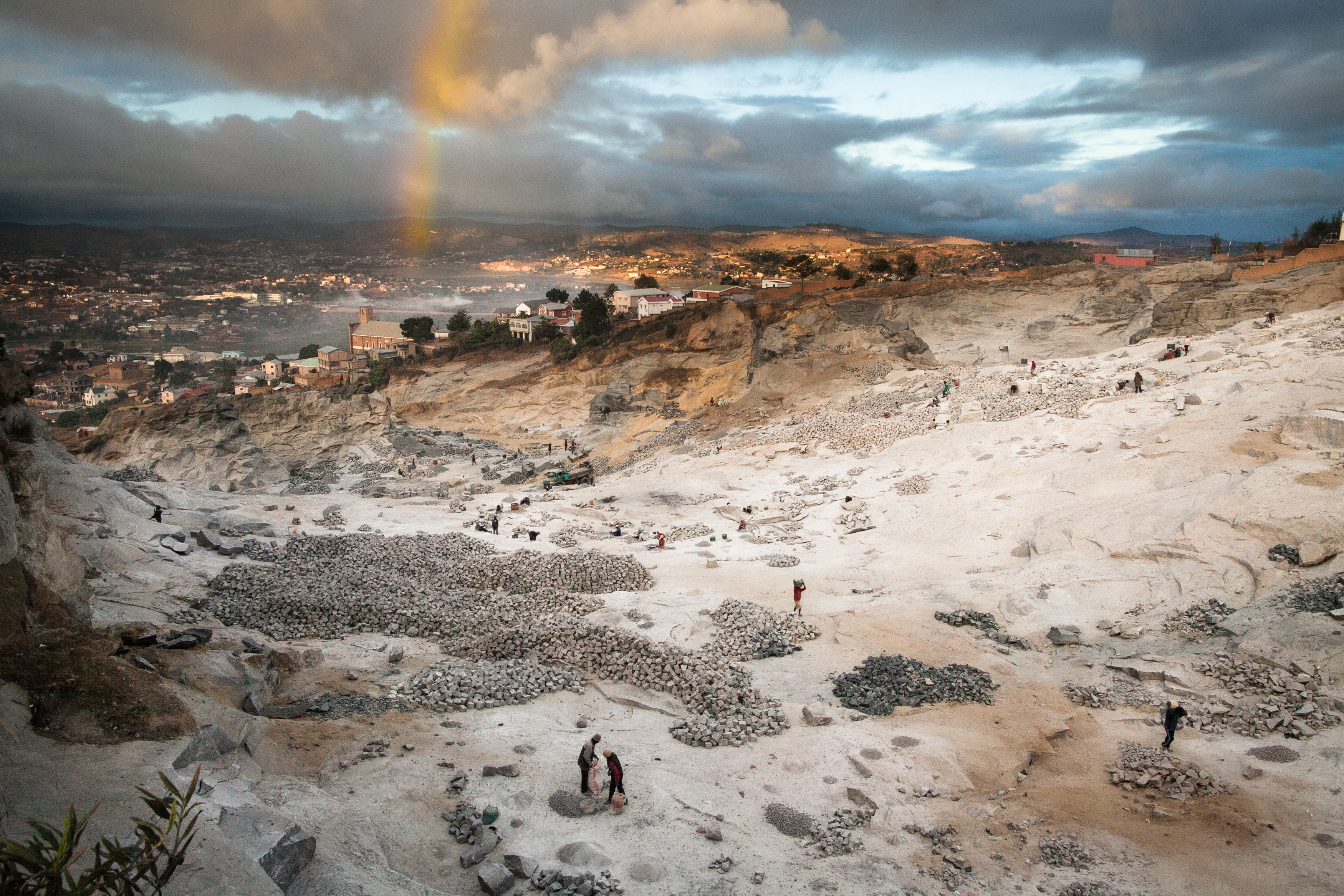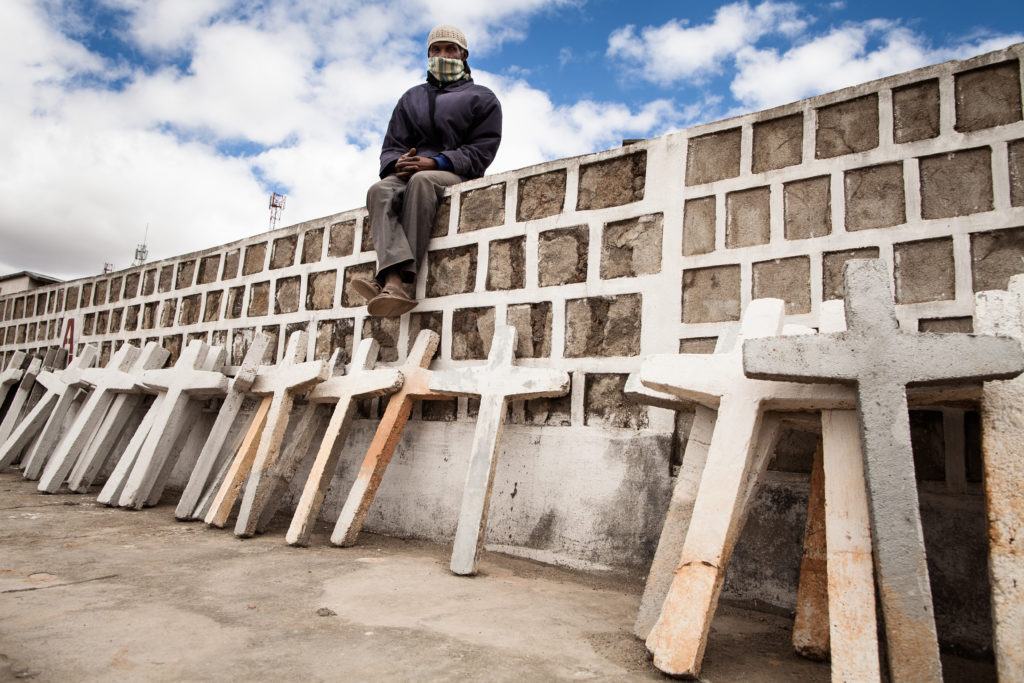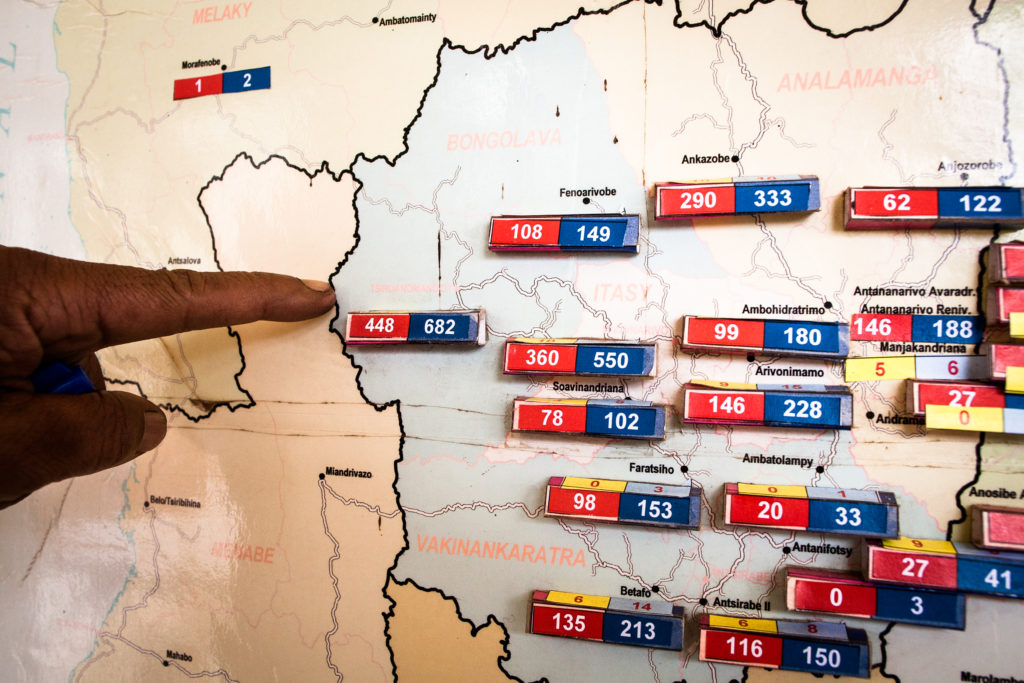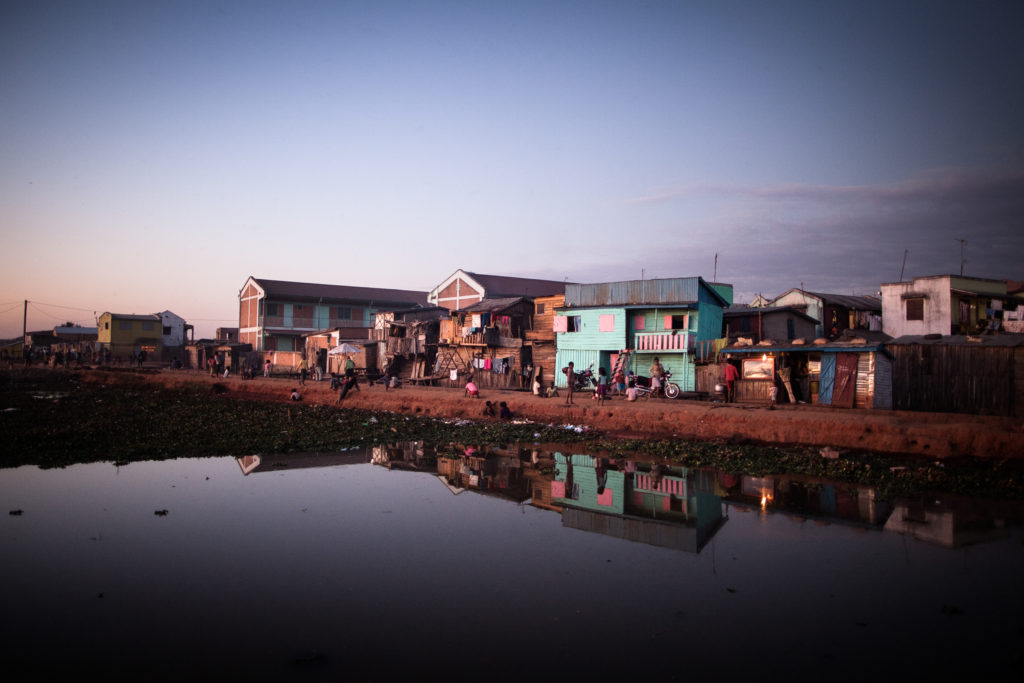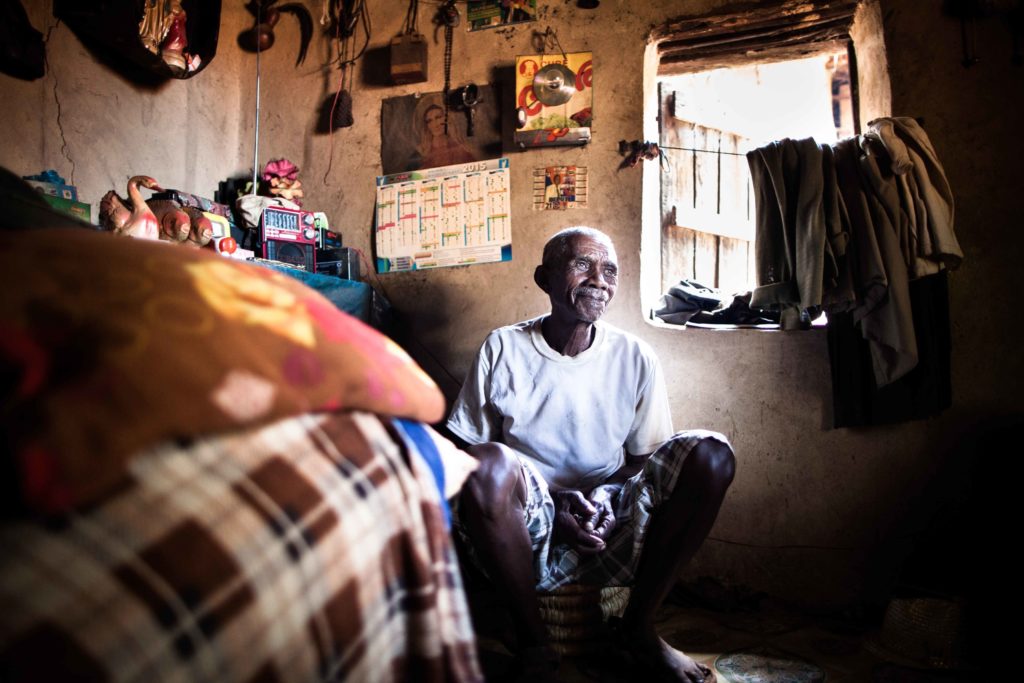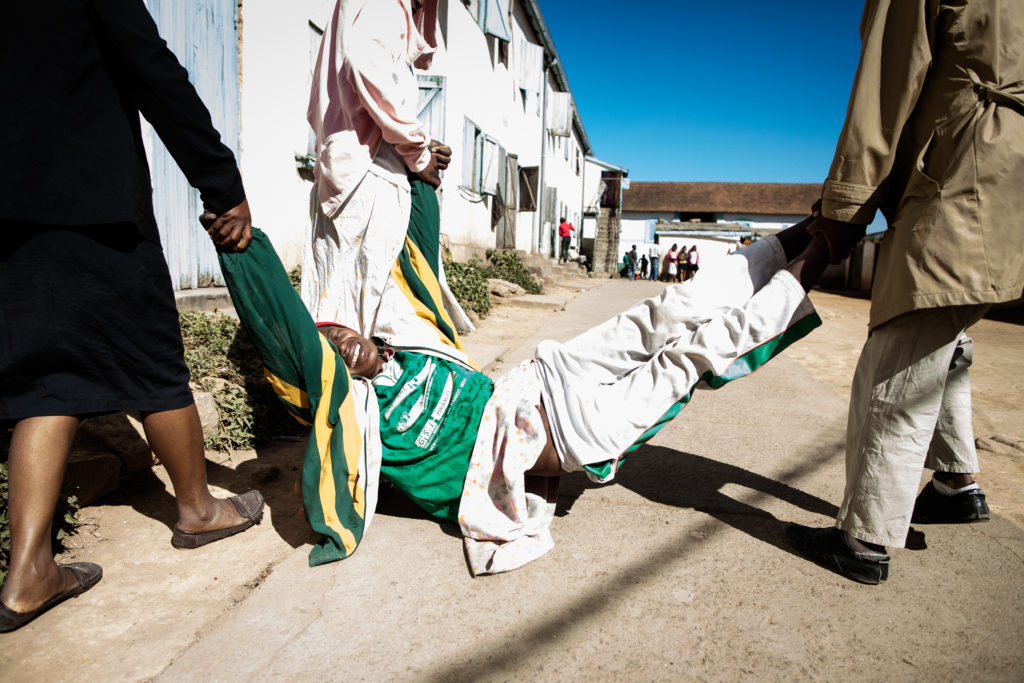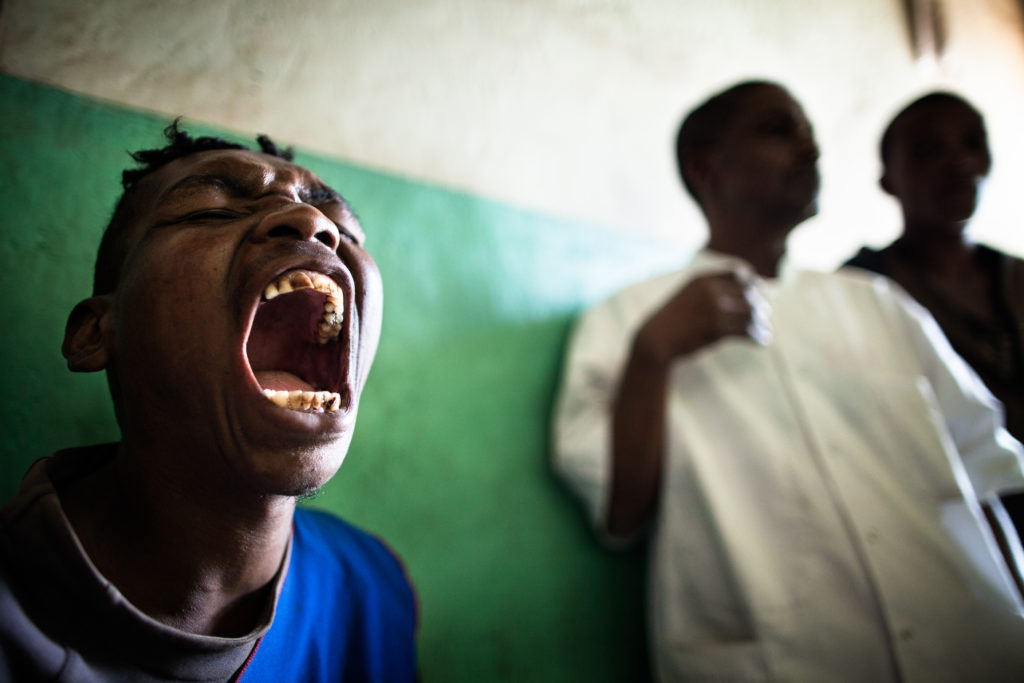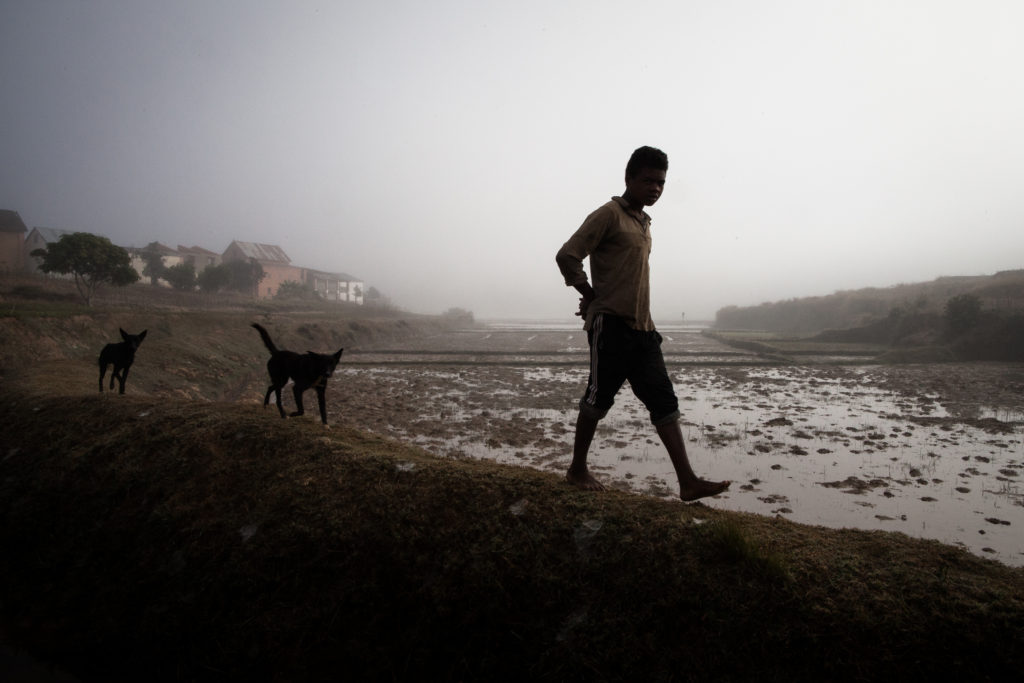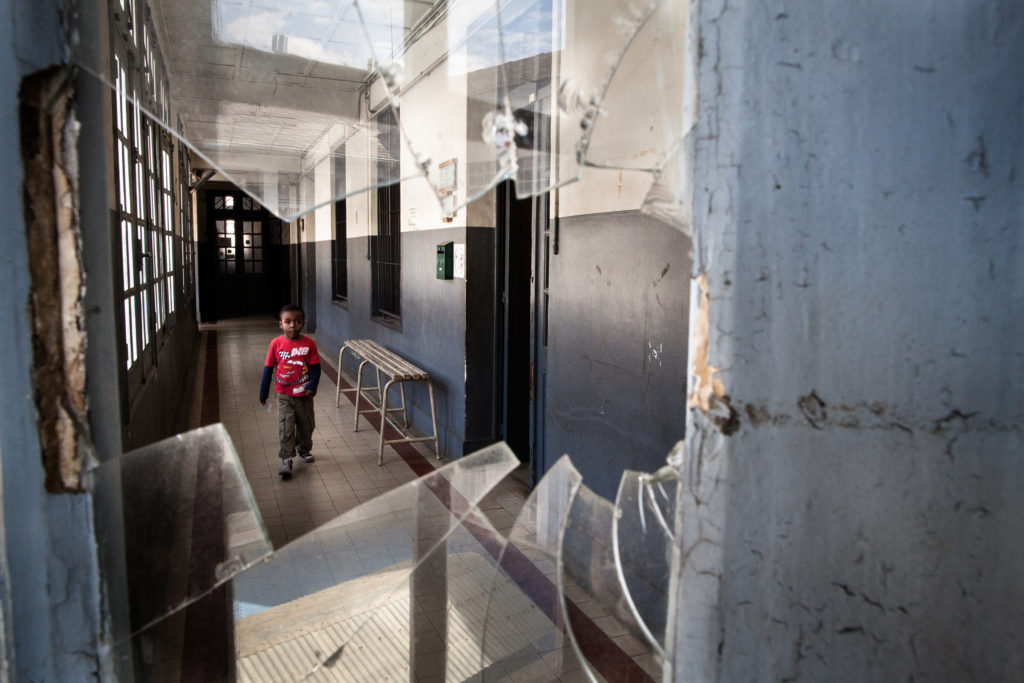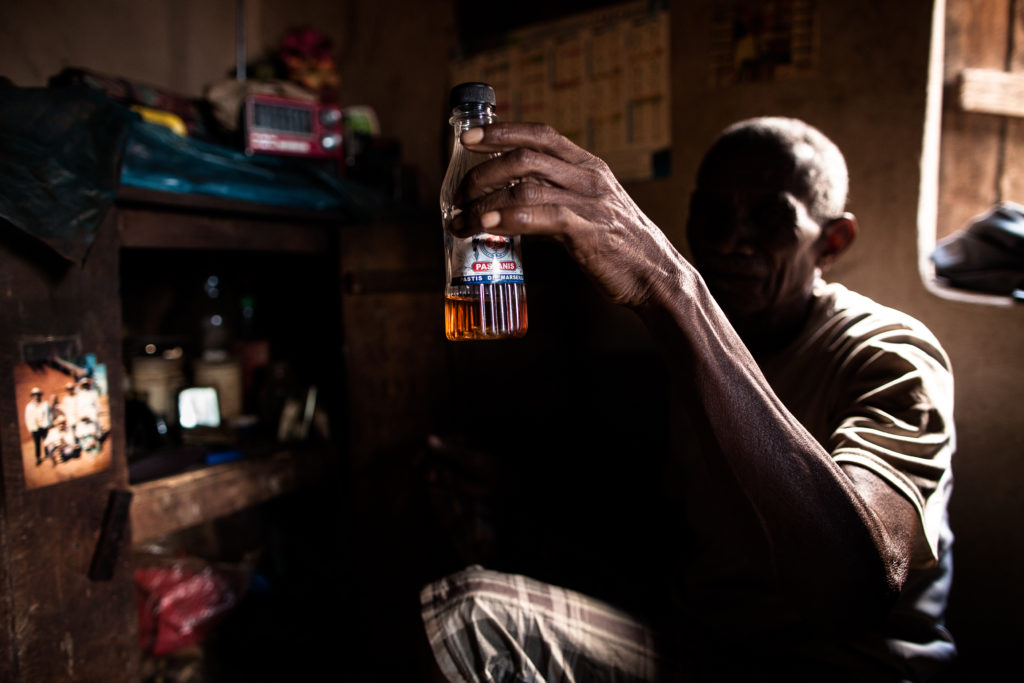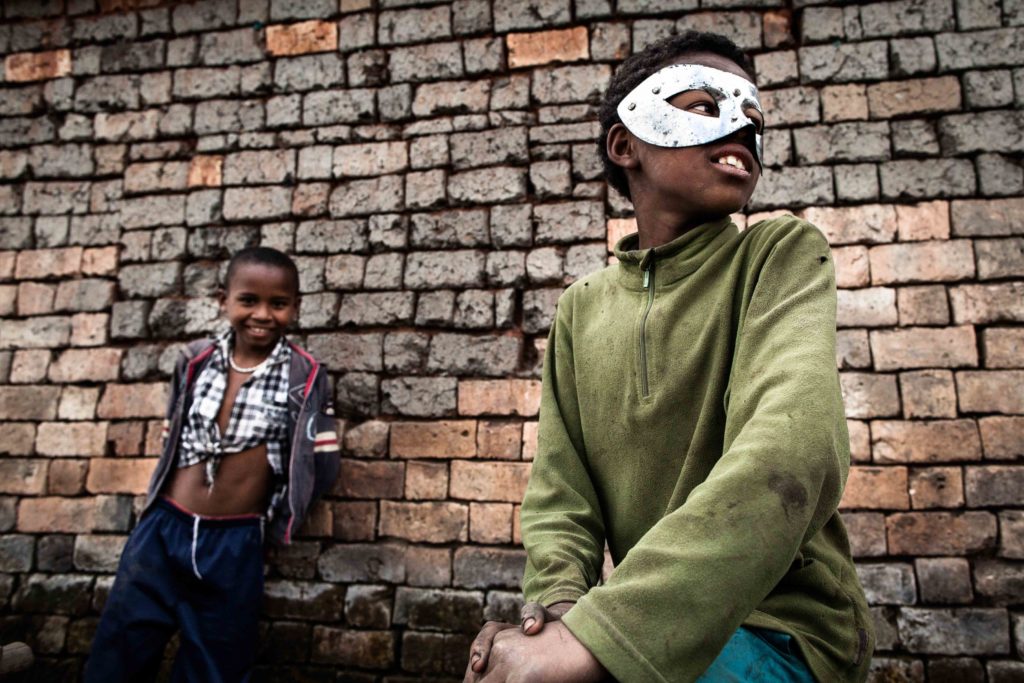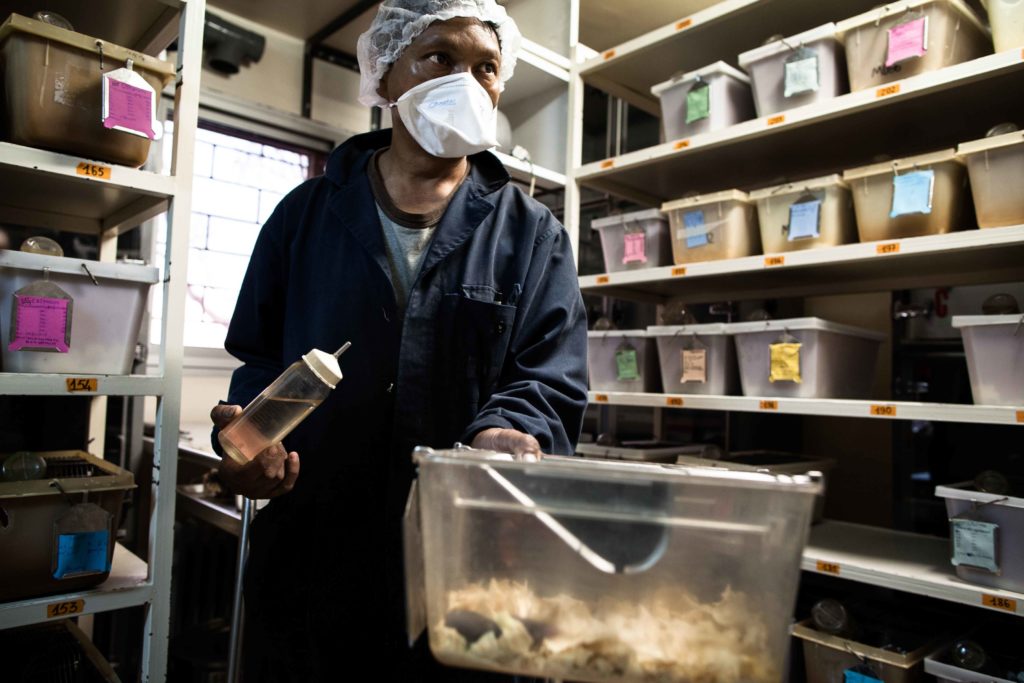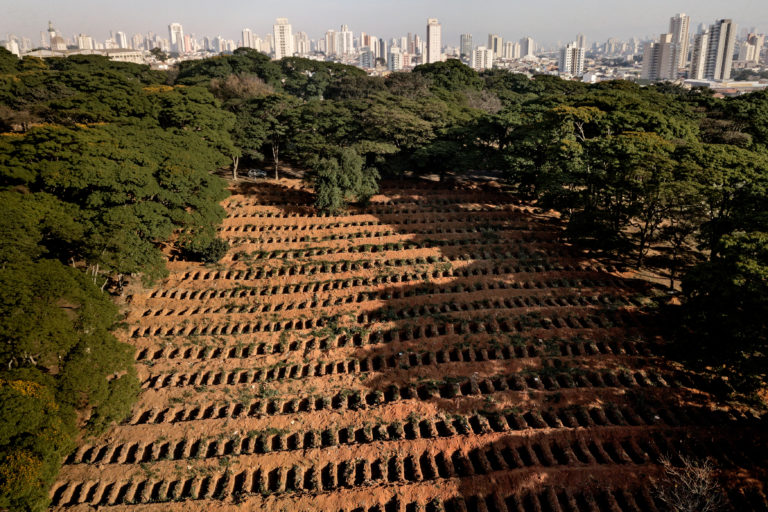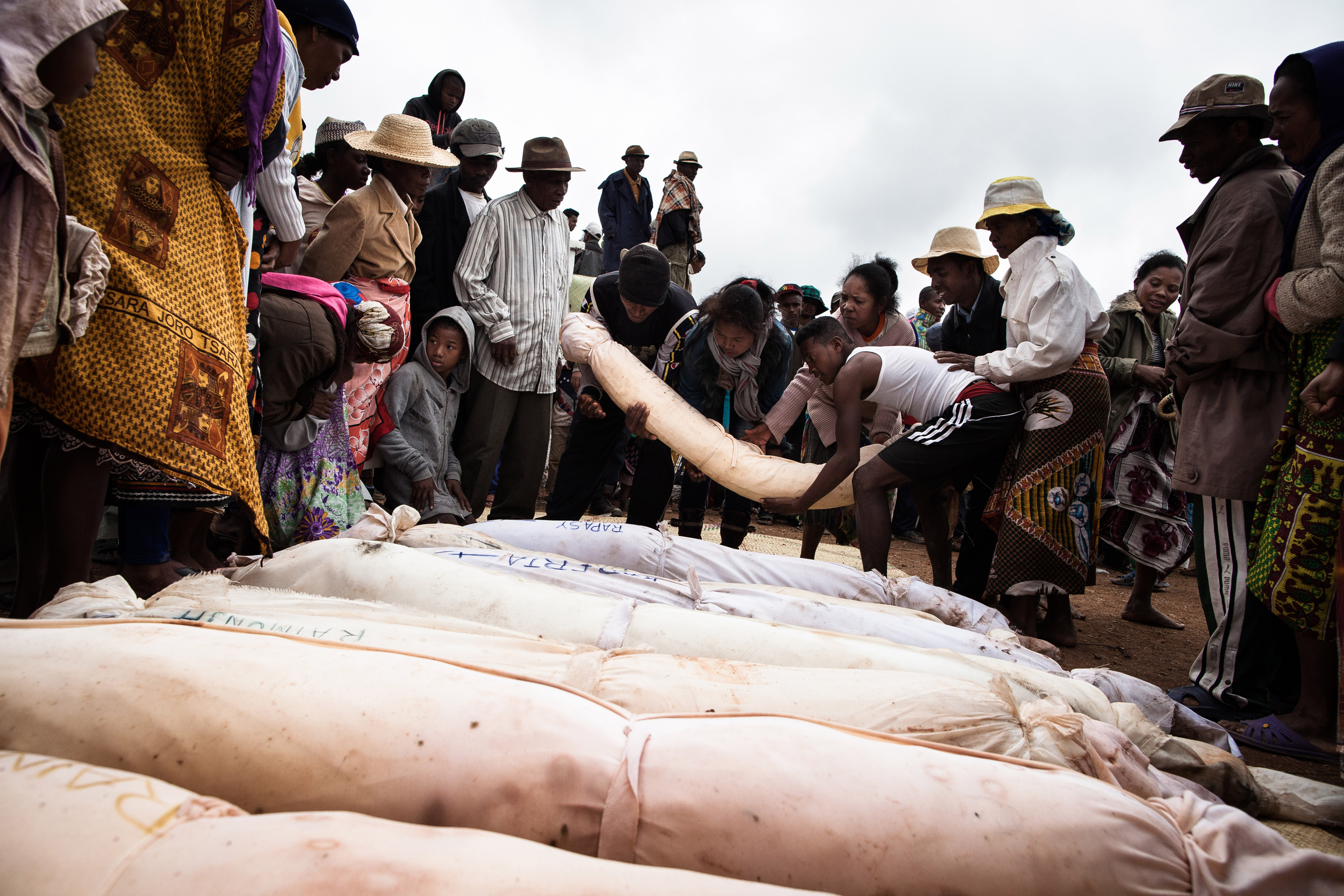
Considered by the westerners as a mere past chapter of their History, Plague is an ancient flea-borne disease with a case fatality rate of 50-60% if left untreated. Nowadays, plague still represents a public health concern in affected countries in Africa, Asia and Americas.
Despite the surveillance and the prevention measurements implemented, according to WHO over the past 3 years the number of cases in Madagascar has steadily increased, making it the country most severely affected by plague worldwide. Regular outbreaks have been recorded every year since 1983.
Plague is considered a “neglected tropical disease”, whose term refers to a group of infectious diseases that affect more than a billion people, living in poverty, without adequate sanitation and in close contact with infectious vectors.
The explanation for the persistency of plague in Madagascar has to be found besides the biological factors: socio-economical causes appear to be key determinants. Plague is considered to be the “disease of the poor”, affecting those living in poorer, insalubrious, underserved, peripheral areas. This is related to the deep-rooted social stigma associated to the disease, to the patients and to their families. The shame is causing severe delays in the beginning of an effective treatment, as people hide and deny the disease, escape from quarantine areas and illegally unearth the bodies from the mass grave.
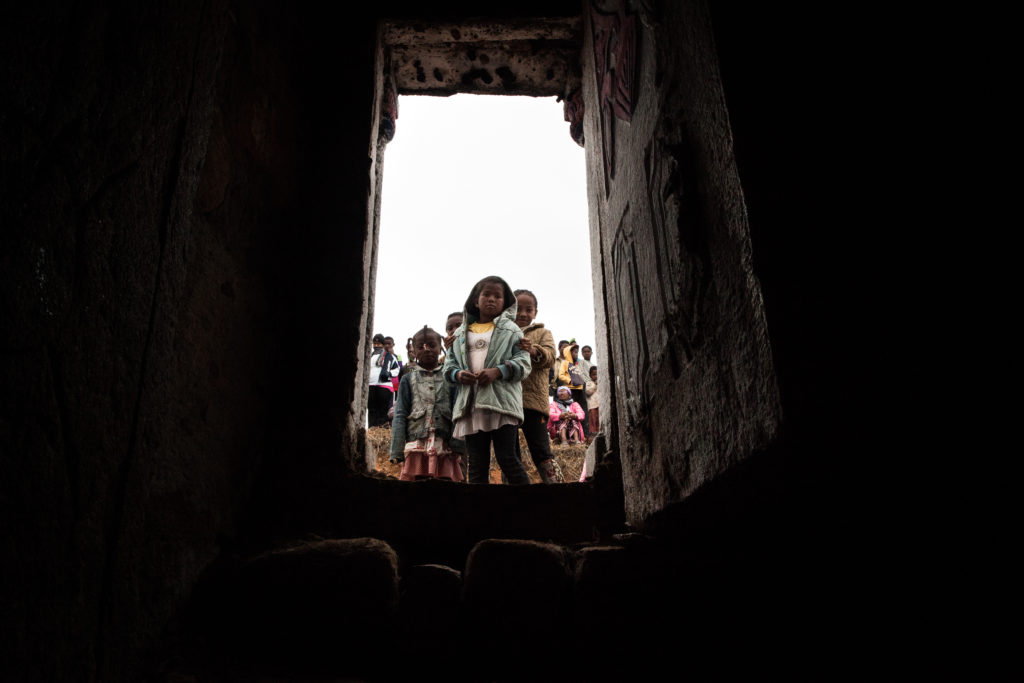
Out of the family tomb a group of children waits for the dead ancestors to be brought out (August 2015, south of the Antanifotsy village, Ambositra region, Madagascar). Traditionally children can't enter inside the tomb, the Malagasy people believe that this would bring a curse to the younger generation from the village.
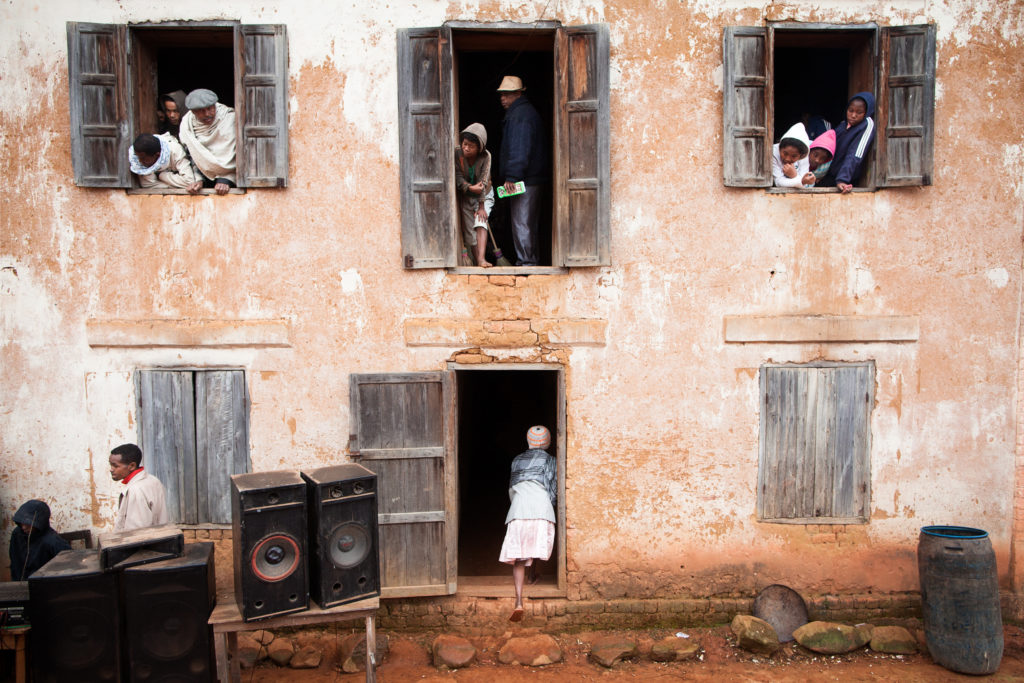
Riccardo Bononi © Irfoss-Prospekt. Vohitrahivo village, Ambositra region, Madagascar, 2015. Relatives gather at dawn at the family house made of red clay. I have been working in Madagascar for the past ten years: in this very same house several years ago i saw an old mam dying, in 2015 in the same room I was invited to attend the circumcision ceremony of his two grandchildren.
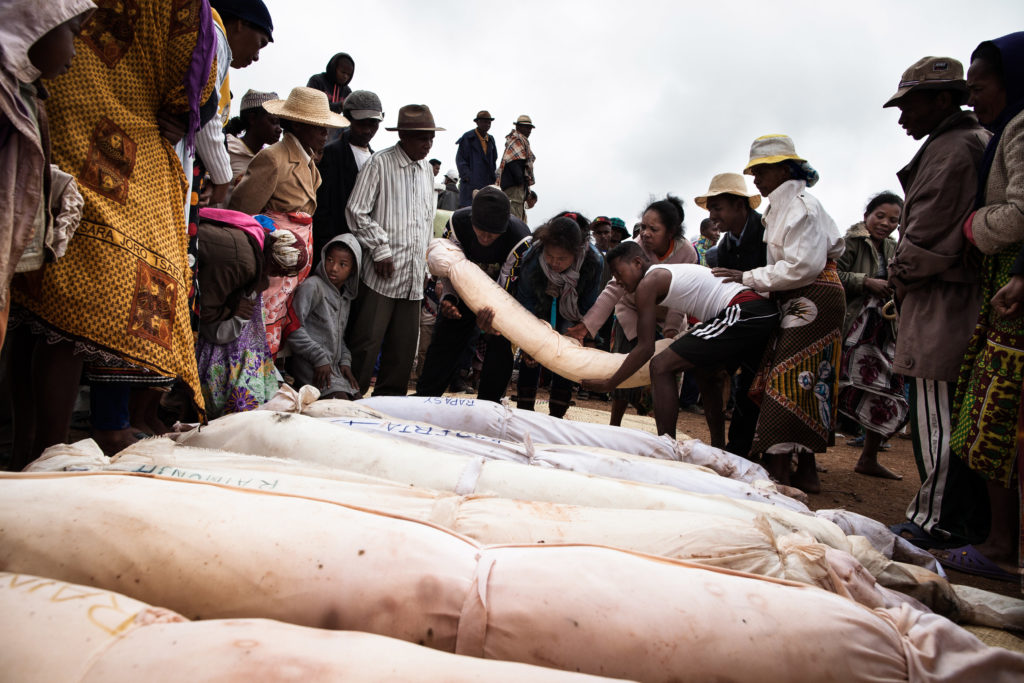
The Ministry of Health of Madagascar point at "famadihana" funeral cerimonies as one of the most dangerous traditional practices that may lead to a major plague outbreak in the country. During this ritual the Malagasy believe that the ancestors are in strong communion with their viving descendants, being buried inside an anonymous mass grave is considered to be a shame even worst than death itself.
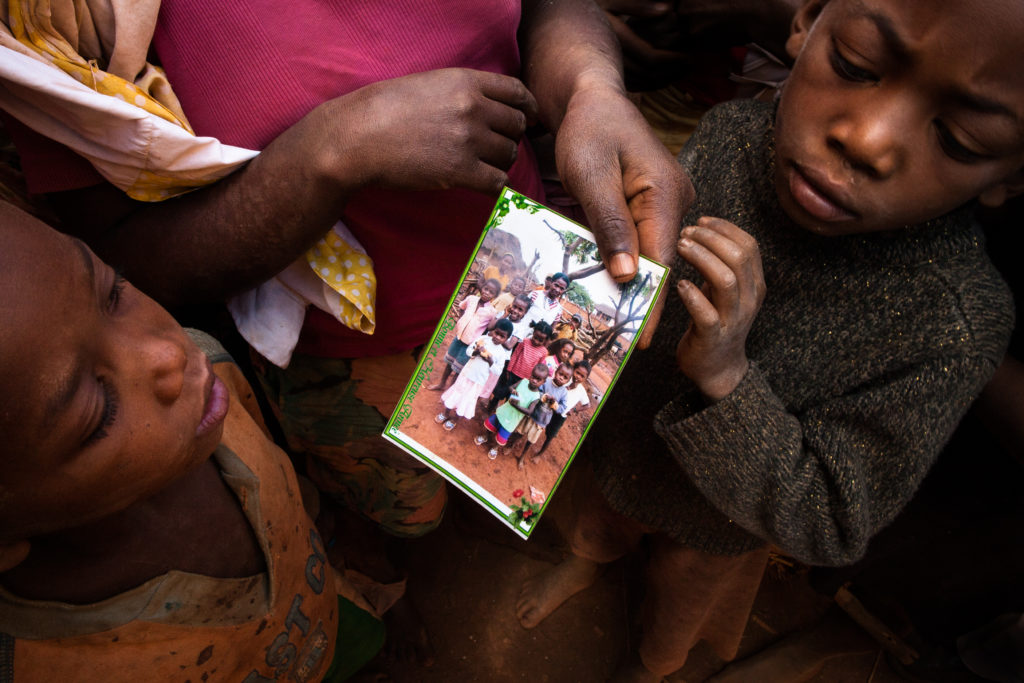
The woman in the center of the picture, whose scars from the plague are still visible on her arms, shows to her children the pictures of her nephews, both killed by plague in the late 2013 in the village of Tsinjoarivo (Tsiroanomandidy region, Madagascar). Her two nephews (9 and 12 years old) got sick and fever associated to underarm buboes appeared. They were first taken to the traditional healer and there they were cured for a curse. After 4 days of ineffective traditional treatments, they reached the local hospital, but it was already too late: they died few hours one after the other, between the arms of their aunt (who took out the disease in that occasion).
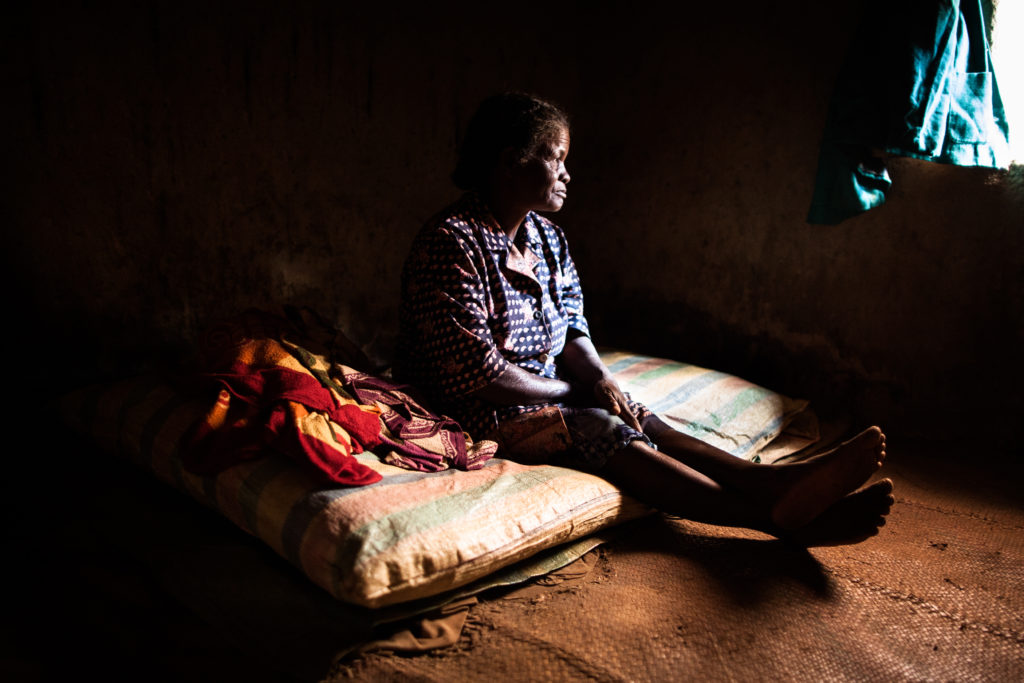
An old woman who recently lost her family by plague in her house in the village of Tsinjoarivo, Tsiroanomandidy region, Madagascar. When the family of F. was stricken by the plague, the quarantine, the compulsory preventive treatment and the pest control in their house were not the worst ordeals for the ones who survived. The loneliness and social stigma coming from the neighbors and friends is the strongest mark of shame to be fought. She strongly said that the disease was not plague as the doctors claimed, but a curse cast on her families by some unknown sorcerer. I took this picture during a recorded interview a year after the death of her relatives.
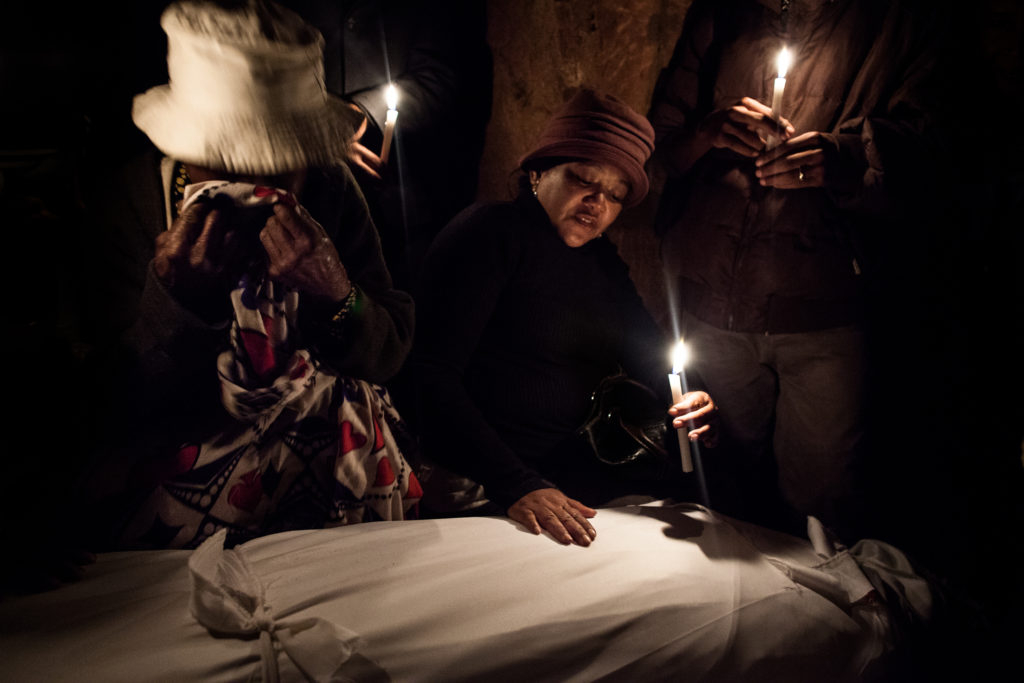
The Ministry of Health of Madagascar point at "famadihana" funeral cerimonies as one of the most dangerous traditional practices that may lead to a major plague outbreak in the country. During the "famadihana" ceremony the corpses are taken out of the tombs, the living and the dead spend whole days togheter, and the bodies are hosted inside the houses. During this ritual the Malagasy believe that the ancestors are in strong communion with their viving descendants.
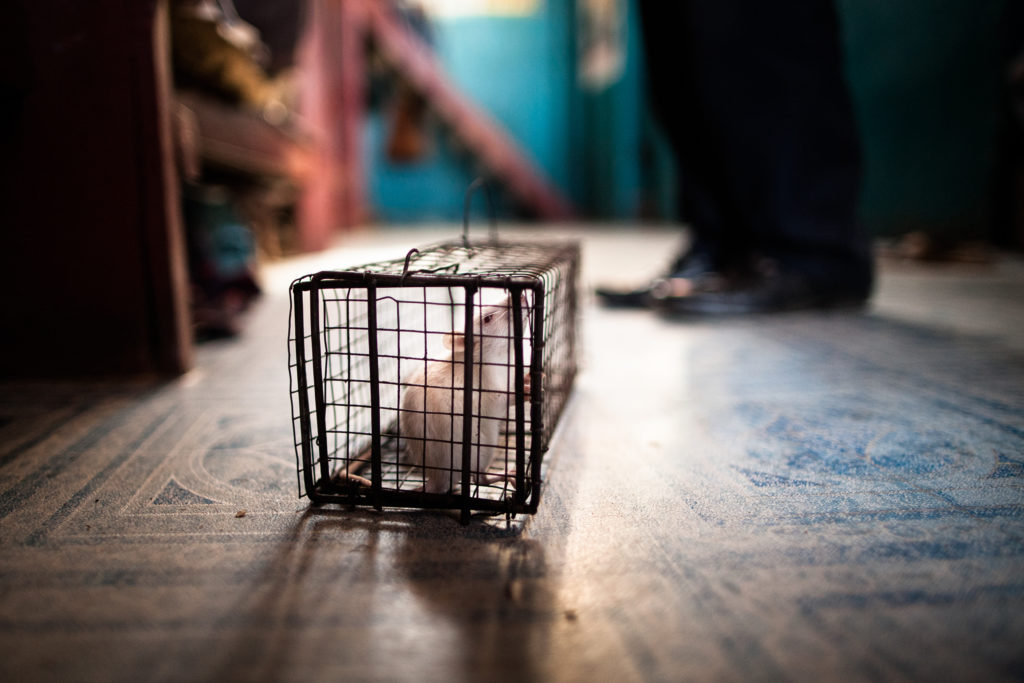
A rat caught in a cage in a dorm in the Antanimora Prison, Antananarivo, Analamanga region, Madagascar. In the past years the International Red Cross spread a plague alert about the Antanimora jail in the capital, due to the inhuman life conditions of the prisoners forced to share the overcrowded dorms with parasites and rats. Some inmates give a name to the rats they manage to catch and raise them as pets trying to avoid the loneliness of their condition.

A woman try to let her child out of the quarantine area in the Ankasina slum in the capital Antananarivo. During the pneumonic plague alert, doctors tried to force people from the slum to take antibiotics, but they were assaulted by slum population. Then soldiers from the national army intervened to put the whole area under quarantine.
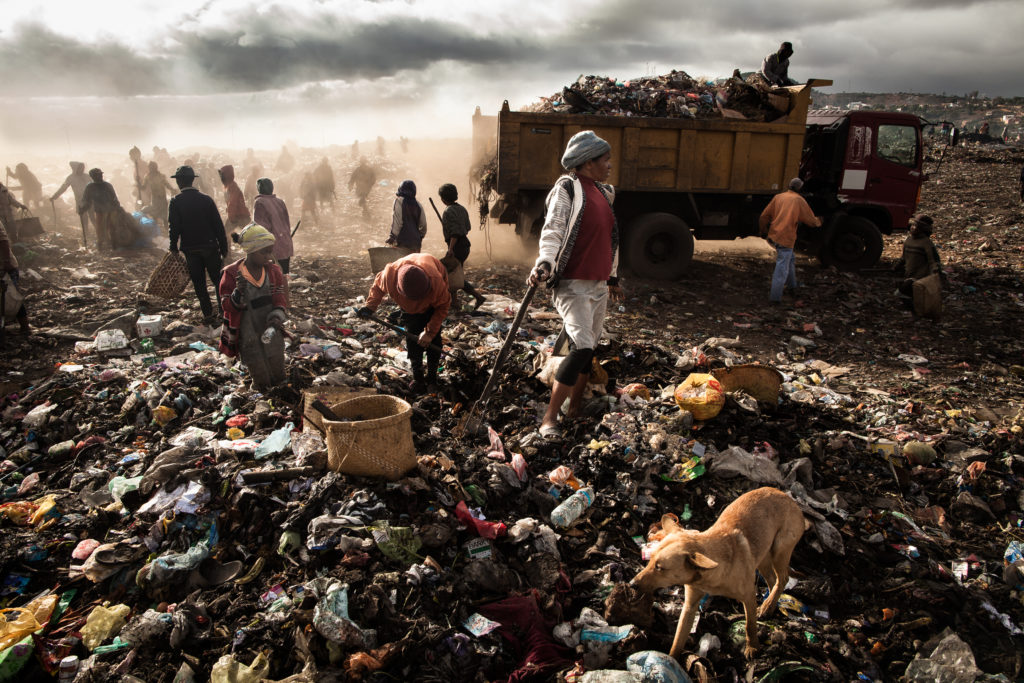
Those who moved to Antananarivo, capital of Madagascar, from the countryside or from other cities looking futilely for a job, found the dumpsite to be their only possibility to earn a living and then settled here. More than 3000 people currently live and work here. The strong presence of rats and the perpetual toxic fog are the main causes for many desease, including several cases of pneumonic plague.
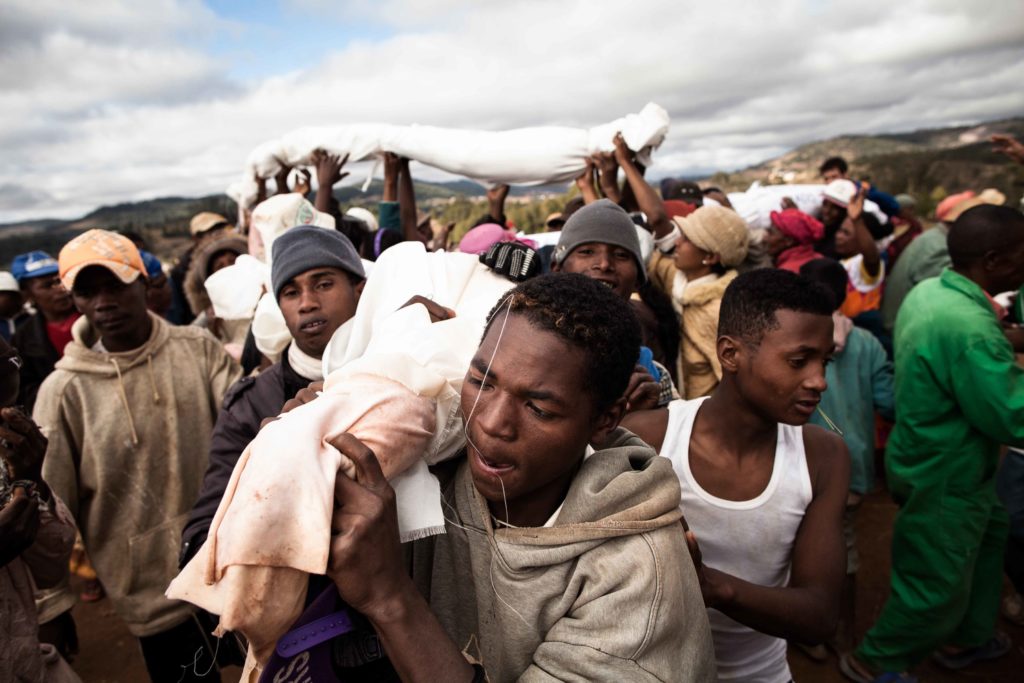
The Ministry of Health of Madagascar point at "famadihana" funeral cerimonies as one of the most dangerous traditional practices that may lead to a major plague outbreak in the country. During the "famadihana" ceremony the corpses are taken out of the tombs, the living and the dead spend whole days togheter, and the bodies are hosted inside the houses.
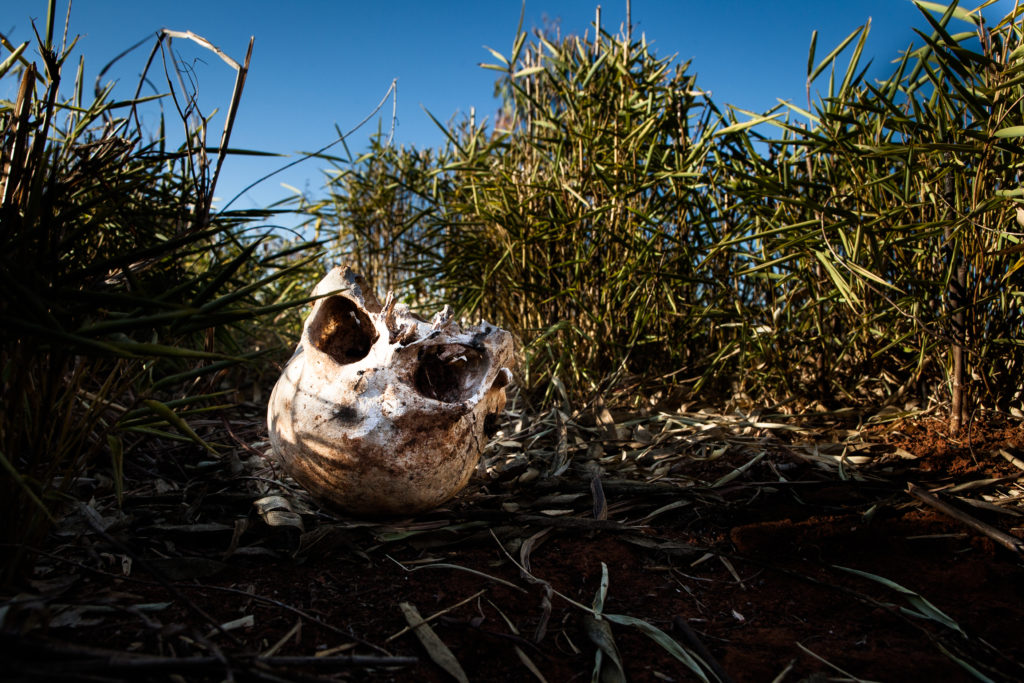
A skull left on the ground in the mass grave where the ones who were killed by the plague must be buried in the Ananjahary graveyard. Some families think that leaving the bodies in such a shameful place represents an heresy, so they came here at night to illegally exhume their dead relatives and bring them to the big family tombs. Anjanahary cemetery, Antananarivo, Madagascar.
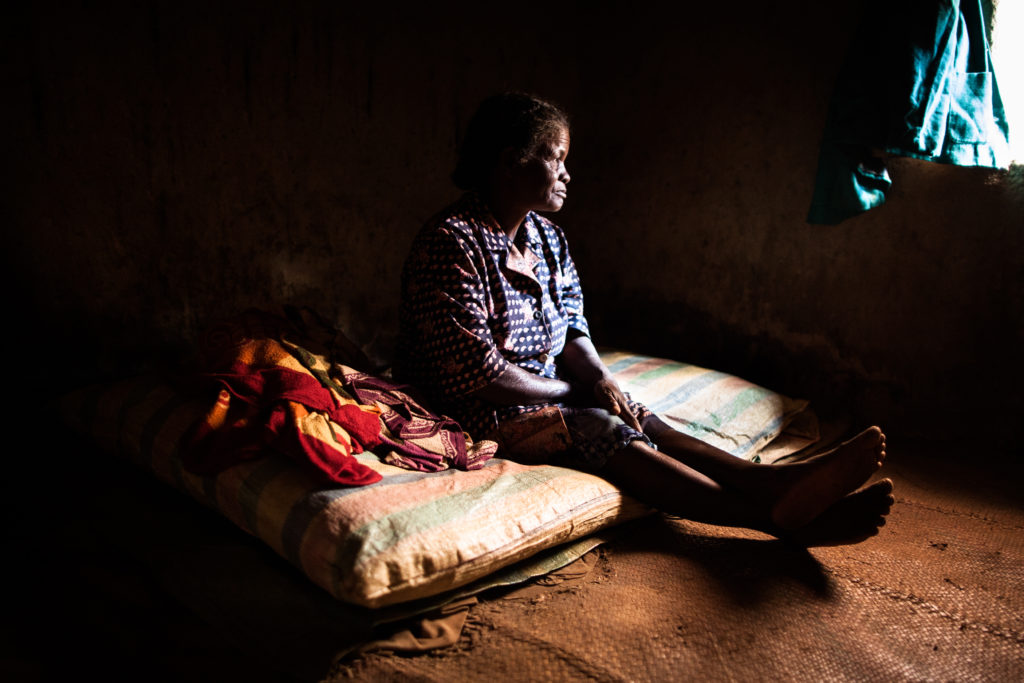
An old woman who recently lost her family by plague in her house in the village of Tsinjoarivo, Tsiroanomandidy region, Madagascar. When the family of F. was stricken by the plague, the quarantine, the compulsory preventive treatment and the pest control in their house were not the worst ordeals for the ones who survived. The loneliness and social stigma coming from the neighbors and friends is the strongest mark of shame to be fought. She strongly said that the disease was not plague as the doctors claimed, but a curse cast on her families by some unknown sorcerer. I took this picture during a recorded interview a year after the death of her relatives.
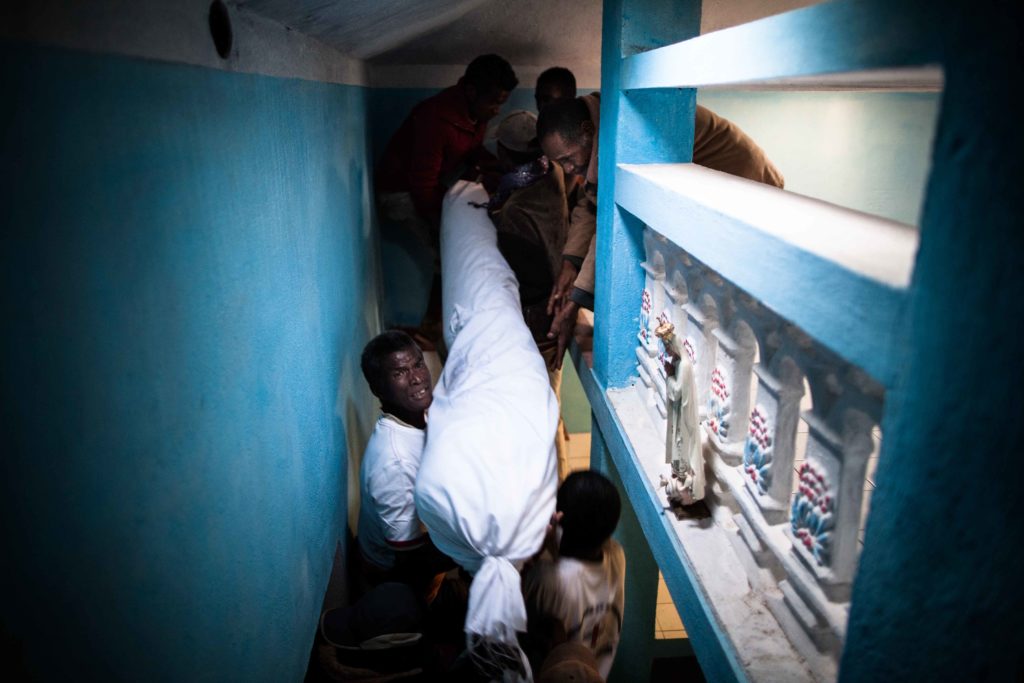
Malagasy people idolize the dead as they were deities. Therefore the compulsory, permanent and isolated burial for the ones who died by plague is considered as an heresy. Last summer R. helped his sister in law to secretly exhume her sister, who recently died hit by the bubonic plague. The body was then taken to the big family tomb, where she can rest with their relatives and take part to the celebrations for the dead.
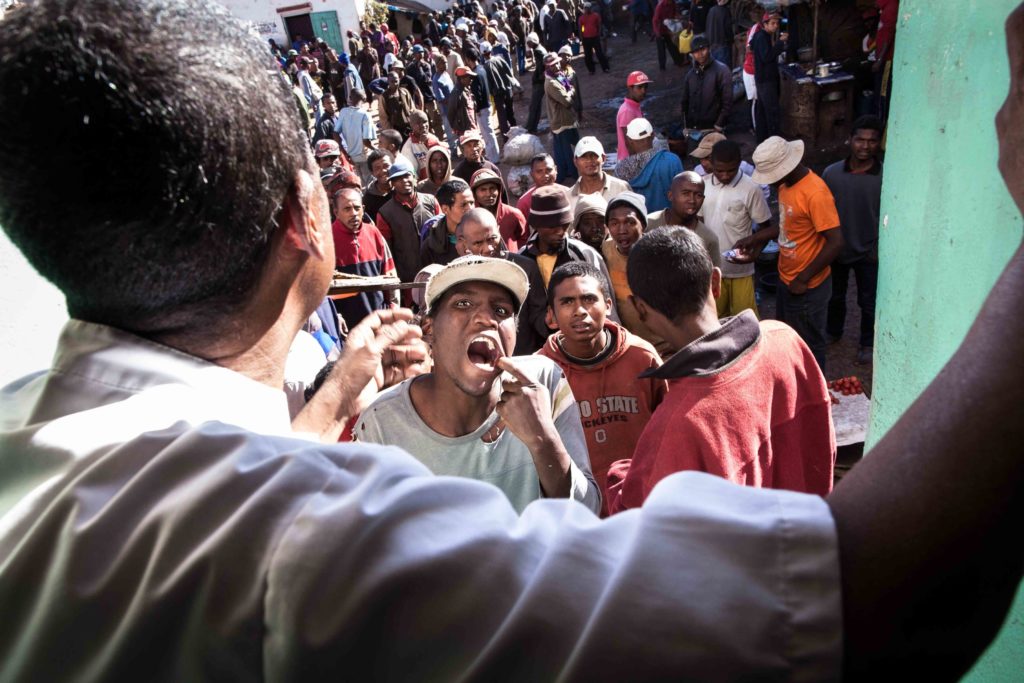
Several inmates await outside the prison's infirmary for a medical inspection. In the past years the International Red Cross spread a plague alert about the Antanimora jail in the capital, due to the inhuman life conditions of the prisoners forced to share the overcrowded dorms with parasites and rats.
